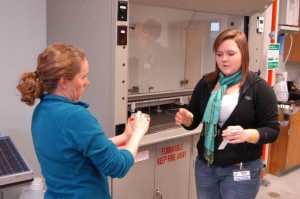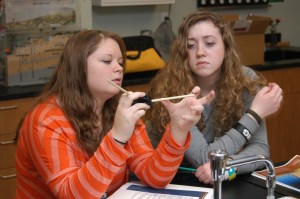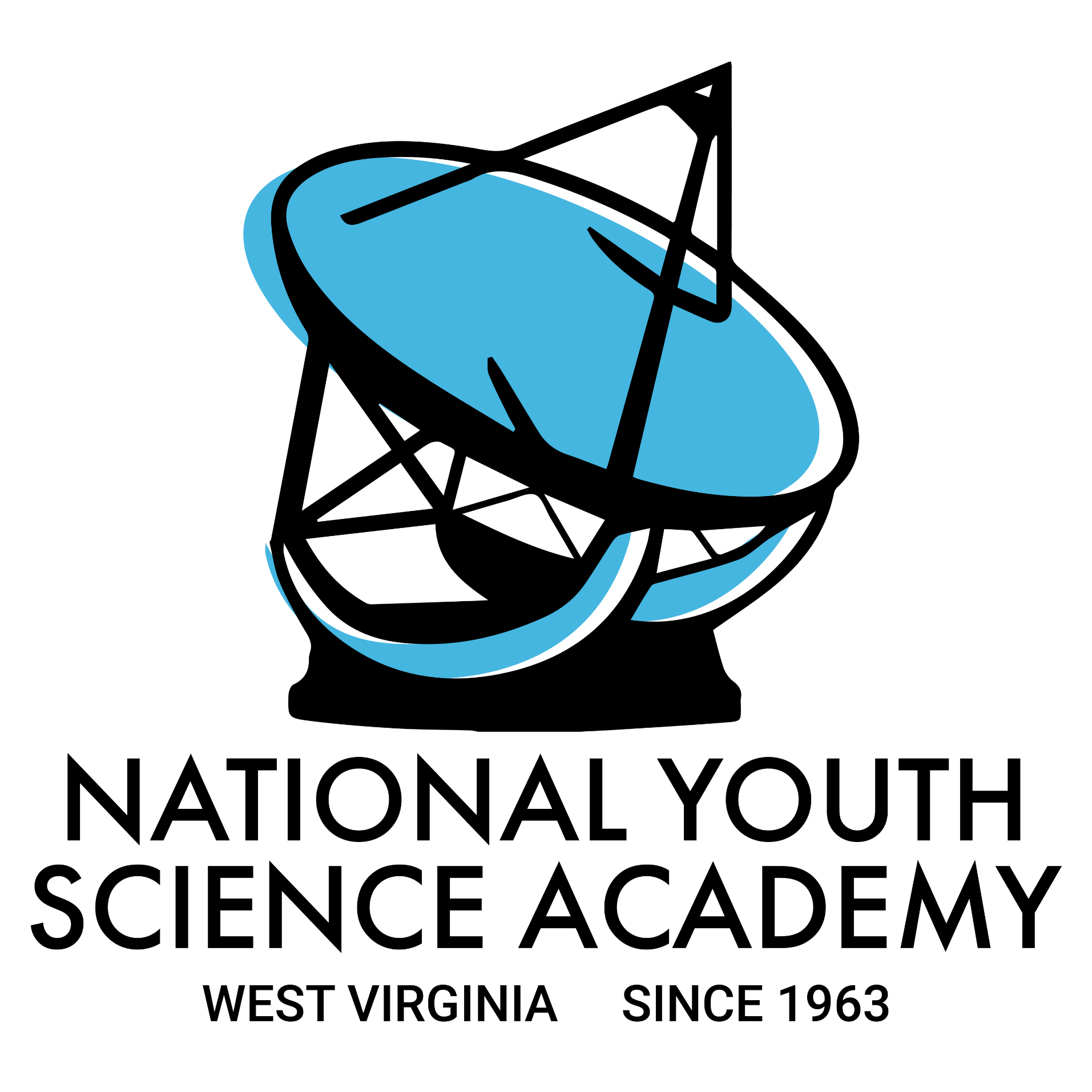
DAVIS, WV – The 2012 Youth Science Discovery Experience begins today at the Canaan Valley Institute in Davis, WV. Students, teachers, and scientists from across West Virginia will work together on projects including composting, wind power generation, microbiology, hydrology, and raptor migration.
Wind Energy – Is there a better way?
Anthony Bonner
Wind energy has been harnessed since early recorded history all across the world. In the late 19th century settlers in America began using windmills to pump water for farms and ranches, and later, to generate electricity for homes and industry.

Wind is caused by uneven heating of the earth from the sun making wind a renewable and free source of energy. Wind turbines are an alternate source of energy that harnesses this renewable wind power to make electricity. Since wind turbines run solely on wind, they cause no pollution making them environmentally friendly. Basically, wind turns blades that are connected to a generator, the generator then makes electricity. There are two main types of wind turbines, horizontal and vertical axis. But is one better than the other? In this study we will find out by building both a vertical and horizontal wind turbine and testing them in different conditions.
ET In Your Own Home!
Ed Watson
The Sun is the source of all life and energy on Earth. It lights our way, it causes the wind to blow, it drives photosynthesis, it warms our faces. An obvious indicator of the sun’s energy is evaporation, particularly evaporation of water. Evaporation of water occurs from the surfaces of oceans, lakes, soil, and plants, where it is termed evapotranspiration. Hydrologists generally measure evaporation rates in inches or millimeters per day. Carbon dioxide is a greenhouse gas, but so is water vapor, which is a component of global warming. Global dimming is a phenomenon that is been occurring since the 1960s. Air pollutants shade the earth enough to reduce the evaporation rate. Water serves as the most important heat transfer substance on earth, absorbing, releasing, and redistributing energy from the sun. What are the factors that govern evaporation, and how can we quantify these factors in, say, a greenhouse, in your back yard, or your kitchen? This project provides the opportunity to explore properties of the most abundant substance on the face of the earth and to apply the principles of the scientific method!
Compostable or Not?
Danny Welsch
Today, many products are carrying the “compostable” label. That is supposed to mean that they break down in a compost pile. But how compostable are these products, really? We will test the compostability of consumer products such as silverware, diapers, and plates. This will involve building a container within which to compost, inside of the CVI greenhouse. We will then mix up a mixture of soil and leaves, in which we will we will place the compostable items. We will weigh the material before we bury it, and then dig, clean, and weigh samples at intervals throughout the YSDE experience. We will also test the properties of the compostable materials to see if they are similar, better, or worse than the non-compostable materials that they were meant to replace.
Hawks over West Virginia!
Jenny Newland
West Virginia’s north-south running mountain ridges serve as highways for migratory birds moving from the summer breeding ranges to wintering grounds in warmer climates, and then back again. Hawks and other raptors especially love the thermal uplifts along the Allegheny Mountains running the length of West Virginia. What is the status of these majestic birds? Are their numbers going up or down? Are some species bucking the trends, either for good or bad? Is climate change affecting the timing of migrations? What about food sources/resting cover/water—are they being affected by climate change, development or other changes in how we use the land in our state? These are just a few of the questions that you can answer using data collected at bird banding stations and hawk migration monitoring sites in the state. Dig into the numbers, get out in the field and see some hawks and eagles wintering in WV, test your observation skills, and meet some raptors up close!
Hidden Germs (Microbiology)
Sarah Deacon
We have seen news stories about germs lurking in unlikely places. How clean is your high school locker room? Is it true that a soda can contains more germs than a toilet seat? Does laundering dirty money help clean it? We will explore the world of microorganisms and find where they lurk and what they are. Students will learn about beneficial and harmful microorganisms. Armed with their new knowledge students will then apply the scientific method to discover how we can help eliminate some of these unwanted microorganisms.
